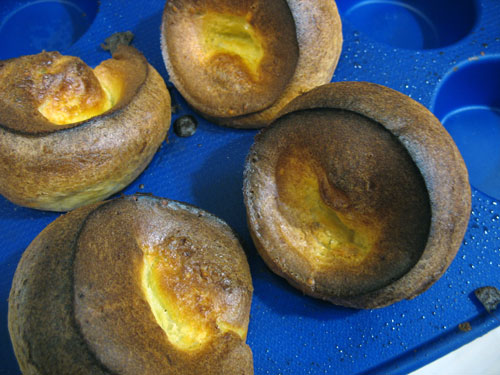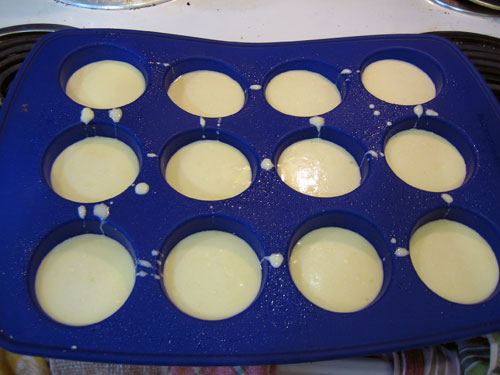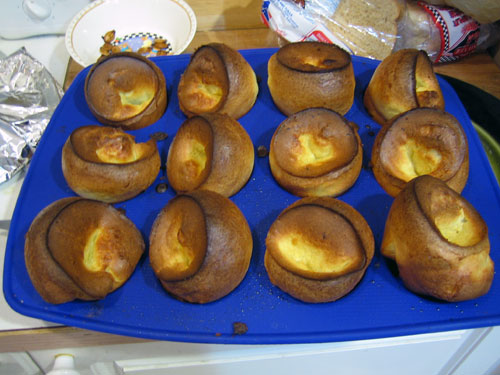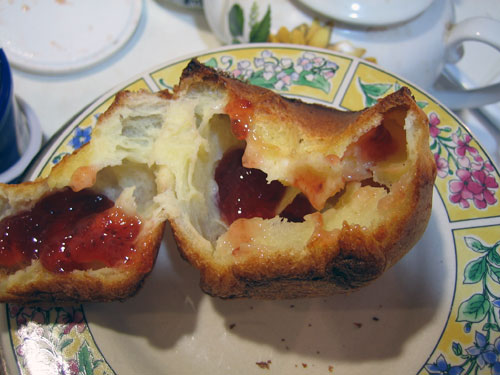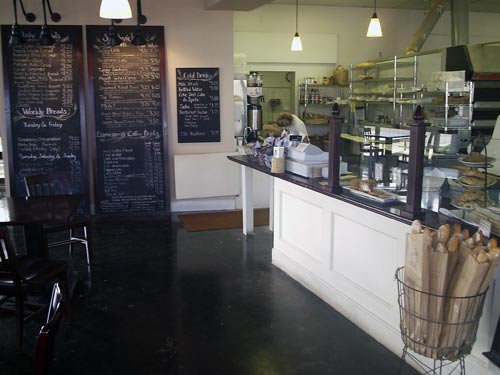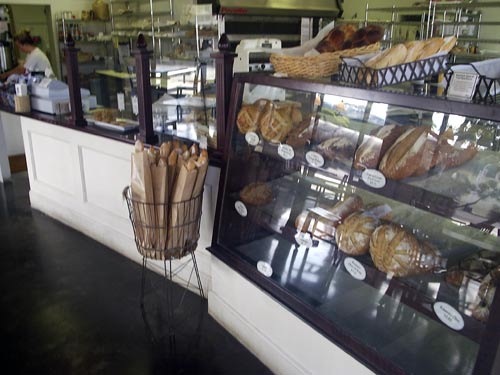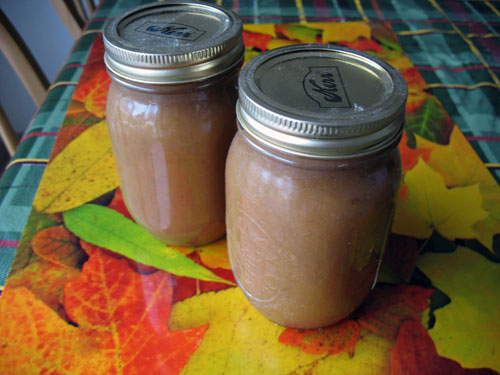
Outline of the Sourdough process
- Presentation of Sourdough
- History
- Understanding sourdough process
- Creating a culture
- Maintaining it (feeding process)
- Factors that can affect characteristics of the levain
- Using the culture in the final dough
- First bread in Egypt 3 or 4 thousand years BC
- Process developed by the Roman and brought all over Europe
- USA and the "49 ers"
- Process widely used until the mid 1800s when commercial starts to become available to bakers
- But even then, the sourdough process was still used by bakers that couldn't get commercial yeast
Understanding sourdough process
General concept
How to start a sourdough culture
- Different ingredients
- Different consistency of the culture
- Nutrients
- Water
- Oxygen
Factors affecting the elaboration
Bacteriological changes happening during the culture elaboration
- Yeast
- Bacteria
- Acidity
- Lack of oxygen
- Type of nutrients
- Population of microorganism starts to grow
- Between yeast and bacteria
- Production of gas
- Production of acidity
- Lactic acidity
- Acetic acidity
- Wild yeast
- Different than commercial yeast
- Bacteria
- Homofermentative
- Heterofermentative
- Origin
- Principally coming from the flour
- Other places as well
- Wild yeast
- Gas production
- Alcohol production
- Homofermentative bacteria
- Lactic acidity production
- Heterofermentative bacteria
- Lactic acidity production
- Acetic acidity production
- Gas production
- After the all elaboration process, the culture should be active enough to generate fermentation
- Should rise about 3 times its initial volume after 8 hours
- The surface gives also some indication
- Should dome with a slight collapsing in the center
- At this time the culture becomes a starter
- To maintain the good activity of the yeast and bacteria
- Feeding supplies nutrients, water and oxygen
- To increase the quantity of starter
- Have enough levain to ferment the final dough
- To perpetuate the culture
- Three possibilities
- Taking the starter from the levain a safe technique
- Taking the starter from a "Mother" a very safe technique and the possibility to work with different flour
- Taking the starter from the final dough a more risky technique
- One feeding a day
- Two feeding a day
- Three feeding a day
- Difficult to troubleshoot
- One opportunity per day
- Difficult to accommodate last minute order
- Risk of having acidity build up in the levain
- Change in the final product characteristics
- Not so good for flavor profile
- Convenient feeding schedule
- Convenient schedule
- Good for consistency of the culture
- Good for troubleshooting if necessary
- Possibility to accommodate last minute order
- More chances to increase or decrease quantity if necessary
- Very good schedule for consistency
- Easy to troubleshoot if necessary also easy to accommodate last minute order
- Allow the baker to have levain ready to bake at least 3 times a day
- Demanding feeding schedule
- General considerations
- Hygiene
- "Contamination"
- Feeding consistency
- Water temperature
- Proportion of the ingredients
- Fermentation temperature
- Type of flour
- Timing
- Hydration
- Affect type of acidity developed in the culture
- Liquid
- Stiff
- Storage temperature
- Ambient
- Lower temperature
- Retarding
- Flour
- Type of flour
- Ash content
- Proportion of starter
- Feeding process
- Number of feeding per day
- Acidity level
- Proportion of levain
- Related to dough and bread characteristics, Strength and Flavor (acidity level)
- Use for different types of product
- Possibility to develop different cultures with different characteristics, Whole Wheat, Rye, Sweet dough
- Culture process can be designed to fit production and facility requirement
- Consistency very important
- One little change could affect the culture characteristics
- Minor everyday changes could affect the final product characteristics
- Mixing
- Short or improved mix
- First fermentation
- Longer
- Dough handling
- More gentle
- Final proof
- Longer
- Easy to retard
- Scoring
- Very tolerant dough
- Baking
- Lower temperature when possible
Main types of micro-organism
Role of the micro-organism
Determining when the culture is ready to be used
Feeding the starter
Perpetuating the starter
Different feeding processes
One feeding a day
Two feeding a day
- Three feeding a day
General consideration
Sourdough baking process
Here are some images that graphically show how much of the process takes place.
 The transformation made by the micro-organisms in the sourdough process
The transformation made by the micro-organisms in the sourdough process
 The Sourdough feeding process when the starter is taken from the final dough
The Sourdough feeding process when the starter is taken from the final dough
 The Sourdough feeding process when the starter is taken from the levain
The Sourdough feeding process when the starter is taken from the levain
 Diagram of the sourdough process
Diagram of the sourdough process

